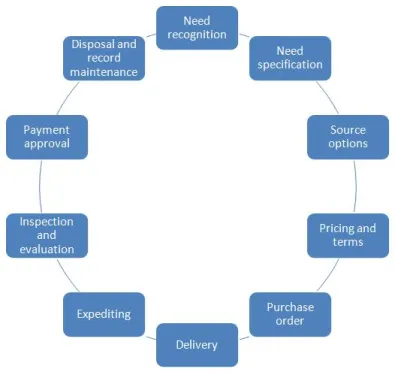The Future of Work: Emerging Trends in Business Process Management Software
- donnariekepro
- Jun 14, 2024
- 3 min read
As we navigate through the rapidly evolving digital landscape, Business Process Management (BPM) software is undergoing significant transformations. These changes are shaping the future of work by enhancing efficiency, fostering innovation, and enabling organizations to adapt to new challenges. This blog explores the emerging trends in BPM software and how they are poised to revolutionize business operations.
1. Integration of Artificial Intelligence and Machine Learning
Artificial Intelligence (AI) and Machine Learning (ML) are increasingly being integrated into BPM software, bringing transformative capabilities to process management. AI and ML algorithms can analyze vast amounts of data, identify patterns, and make predictions, enabling businesses to optimize their processes in real-time. For instance, AI can predict bottlenecks in workflows and suggest improvements, while ML can automate repetitive tasks, freeing up human resources for more strategic activities. This integration leads to smarter, more efficient processes and improved decision-making.
2. Increased Focus on Automation
Automation is at the core of modern BPM software. Robotic Process Automation (RPA) is being widely adopted to handle routine and mundane tasks. By automating these tasks, organizations can significantly reduce errors, increase speed, and lower operational costs. Furthermore, automation allows employees to focus on higher-value tasks, such as strategic planning and customer engagement. The future of BPM will see even more sophisticated automation capabilities, enabling seamless end-to-end process management.
3. Enhanced Collaboration and Remote Work Support
The shift towards remote work, accelerated by the global pandemic, has highlighted the need for robust collaboration tools within BPM software. Modern BPM solutions are incorporating advanced collaboration features, such as real-time document sharing, virtual meetings, and integrated communication platforms. These features ensure that teams can work together effectively, regardless of their physical location. Enhanced collaboration tools not only improve productivity but also foster a more inclusive and flexible work environment.
4. Adoption of Low-Code and No-Code Platforms
The rise of low-code and no-code platforms is democratizing BPM by allowing non-technical users to design and implement business processes. These platforms provide intuitive drag-and-drop interfaces, enabling business users to create and modify workflows without needing extensive coding knowledge. This trend is empowering organizations to be more agile, as changes to processes can be made quickly and easily in response to evolving business needs. The future will see greater adoption of these platforms, driving innovation and speeding up digital transformation initiatives.
5. Emphasis on Data-Driven Decision Making
BPM is a critical asset for businesses, and BPM software is increasingly focusing on leveraging data for decision-making. Advanced analytics and reporting tools are being integrated into BPM systems, providing organizations with deep insights into their processes. These insights help identify inefficiencies, track performance metrics, and inform strategic decisions. By harnessing the power of data, businesses can continuously improve their processes and achieve better outcomes.
6. Focus on Customer-Centric Processes
In today’s competitive landscape, delivering exceptional customer experiences is paramount. BPM software is evolving to support customer-centric processes, ensuring that every touchpoint in the customer journey is optimized. This involves integrating customer feedback mechanisms, personalizing interactions, and ensuring seamless service delivery. By prioritizing customer-centric processes, businesses can enhance customer satisfaction and loyalty, driving long-term success.
7. Greater Compliance and Security Features
As regulatory requirements become more stringent and cybersecurity threats more prevalent, BPM software is incorporating advanced compliance and security features. These features include automated compliance checks, data encryption, and secure access controls. Ensuring compliance and protecting sensitive information is critical for maintaining trust and avoiding legal issues. The future of BPM will see continued advancements in this area, providing businesses with robust tools to manage compliance and security effectively.
Conclusion
The future of work is being shaped by the advancements in Business Process Management software. By integrating AI and ML, focusing on automation, enhancing collaboration, adopting low-code platforms, leveraging data, prioritizing customer-centric processes, and strengthening compliance and security, BPM software is enabling organizations to navigate the complexities of the modern business environment. Embracing these emerging trends will be crucial for businesses looking to stay competitive and drive continuous improvement in their operations. As we move forward, BPM software will continue to be a vital tool in the digital transformation journey, empowering businesses to achieve greater efficiency, innovation, and success. SITES WE SUPPORT
SOCIAL LINKS




Comments